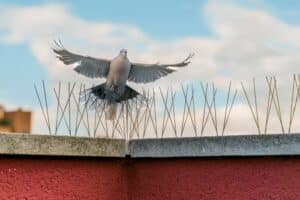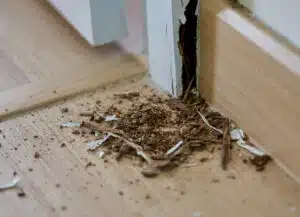When it comes to insect pests, the pest control team at A-1 Exterminators is your one-stop shop. We’re here to provide full-service insect control, blocking a wide range of potential insects from invading your space and causing numerous issues spanning from poor aesthetics to major structural damage and health risks.
One broad variety of insects that many of our exterminator efforts are focused on for our clients: What are known as “invasive species.” What are invasive species in the pest world, how do invasive species spread in places like Utah, and what can you do to prevent or remove them from your home? This two-part blog series will go over everything you need to know here, including some basics on common invasive pests you may see.
Defining Invasive Species
It’s common to find species of pests that are not native to the area they’re in, and this is one of the major qualities of an invasive species. However, it is not the only one and does not necessarily guarantee a given pest gets this designation.
In addition to being non-native, invasive species are types that are specifically known to cause property damage, health risks or environmental concerns. The term is particularly useful for aggressive and destructive species that continue to spread around the state and country every year.
How They Spread
If invasive species are non-native to their areas, how do they spread to others, possibly including your home? There are several potential methods:
- Wood items: One of the top homes for various invasive pests is infested wood, which can show up in several formats: Firewood, boxes or containers and more. Risk is very high if you move these items from outside to inside without checking them.
- Plant life: Plant materials that are infested will often facilitate the movement of invasive pests.
- Vehicles: Many vehicles are also risks of transporting invasive pests, especially those that spend long periods of time outside.
- Gear or luggage: Whether from a trip or some kind of outdoor excursion, your gear or luggage items may harbor invasive pests in certain cases.
- Elements: In some cases, weather systems – especially high winds – will carry invasive pests for miles.
- Their own power: Finally, perhaps the riskiest and one of the most common forms of spread from invasive pests is those who move themselves. Many of these pests have evolved significantly over the years, including flying insects that can travel great distances given their size. They will often move far and wide in search of ideal conditions to live or nest in.
For more on invasive pest species and how to spot and avoid them, or to learn about any of our pest control services, speak to the staff at A-1 Exterminators today.



